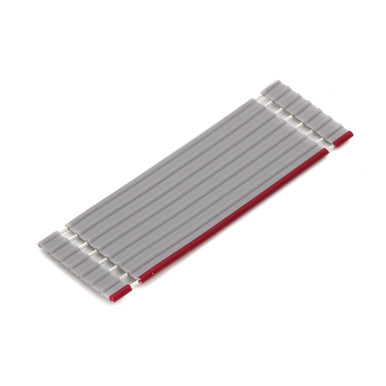Olivier7960
New member
Turns out I don’t find so easy to wire after all. You have to solder it outside the enclosure because the soldering is done on the underside …. Through holes are super tiny … you have cut 4 pieces of wire the exact same length to have a neat build … do you solder the switch after or before the wires …? I sometimes have to use two pairs of « third hands » to hold everything …. Anyway I don’t like it. You guys have a good technique on how to use these wiring boards ? Maybe I’m missing something ?




